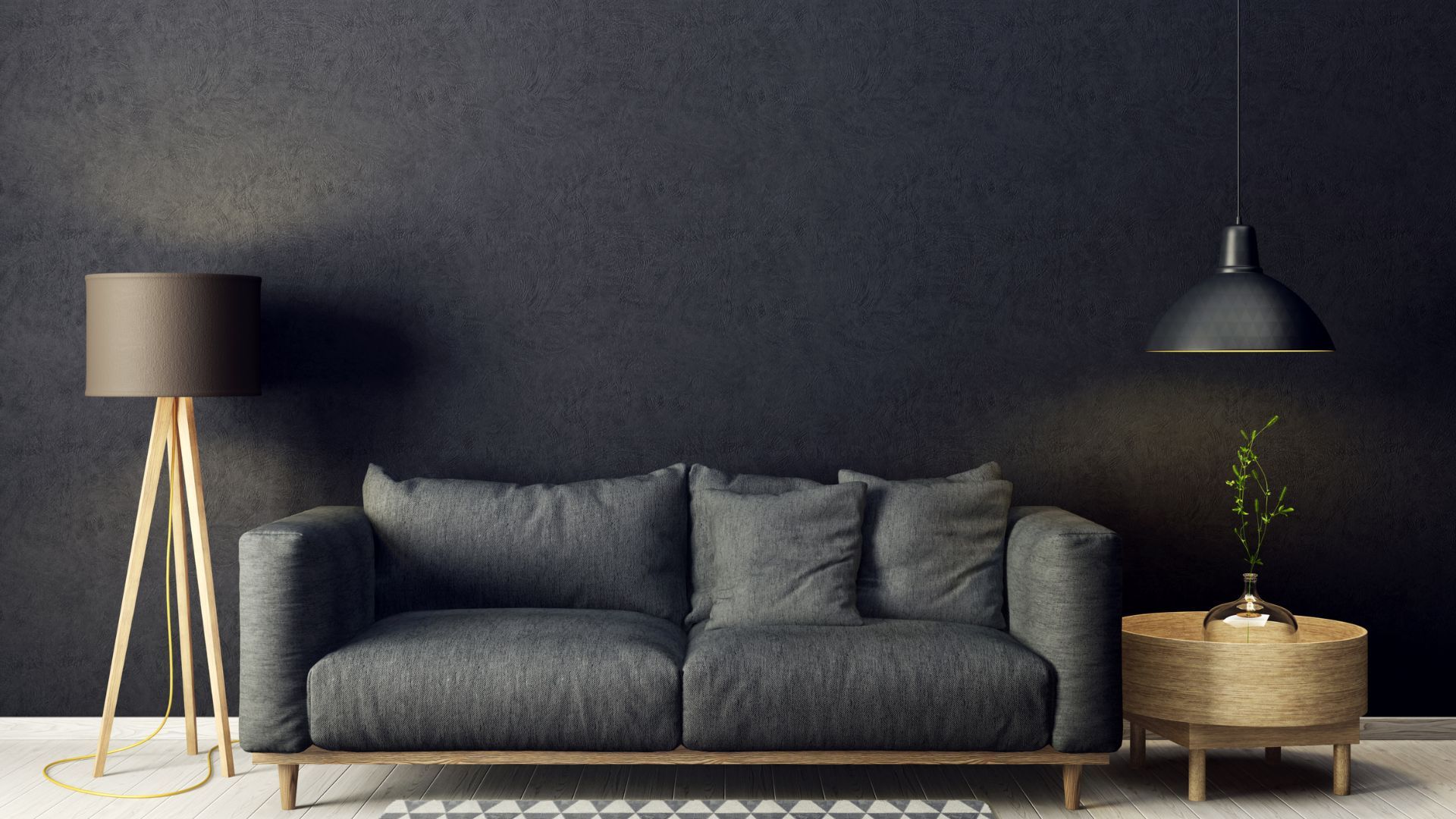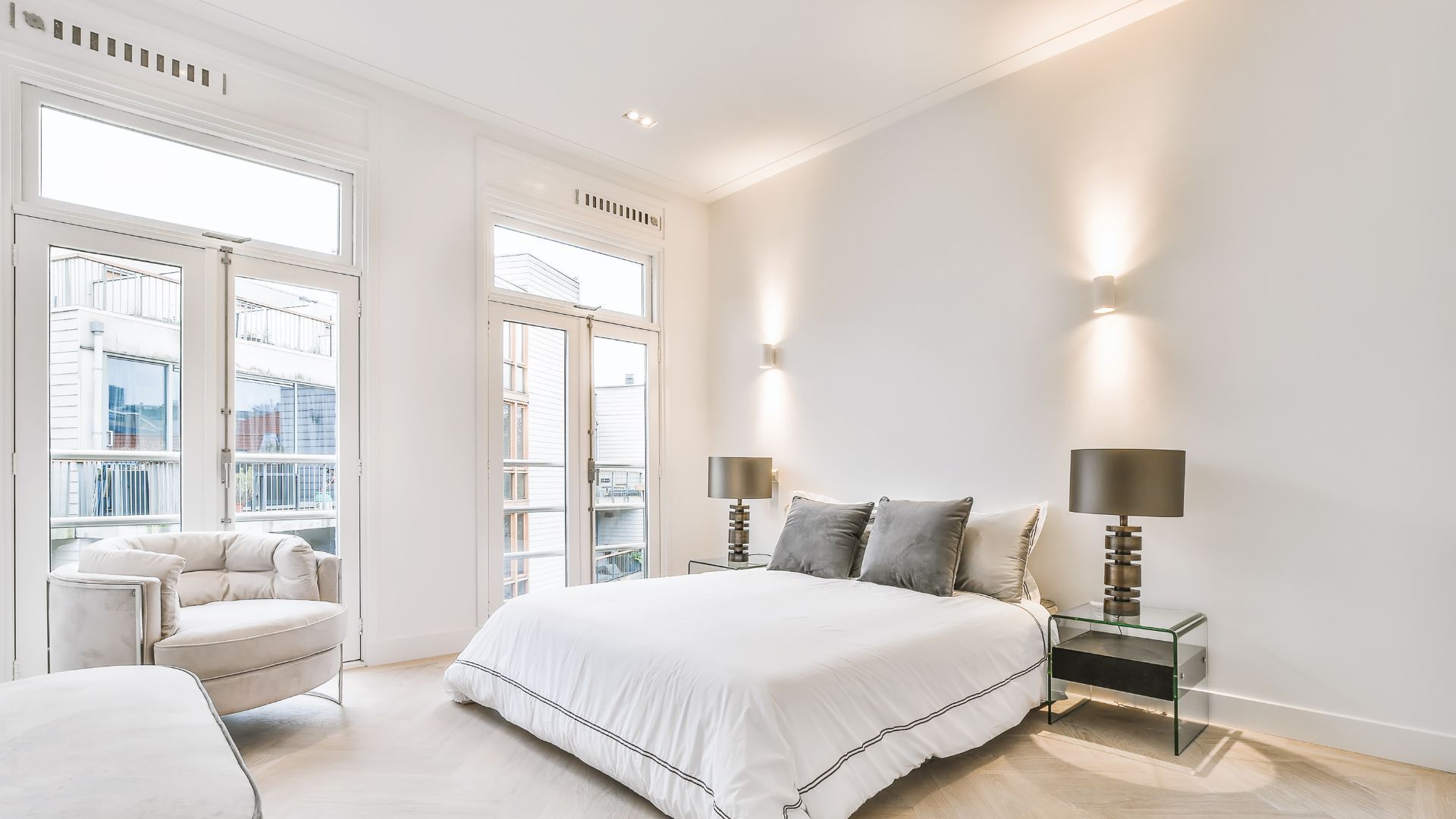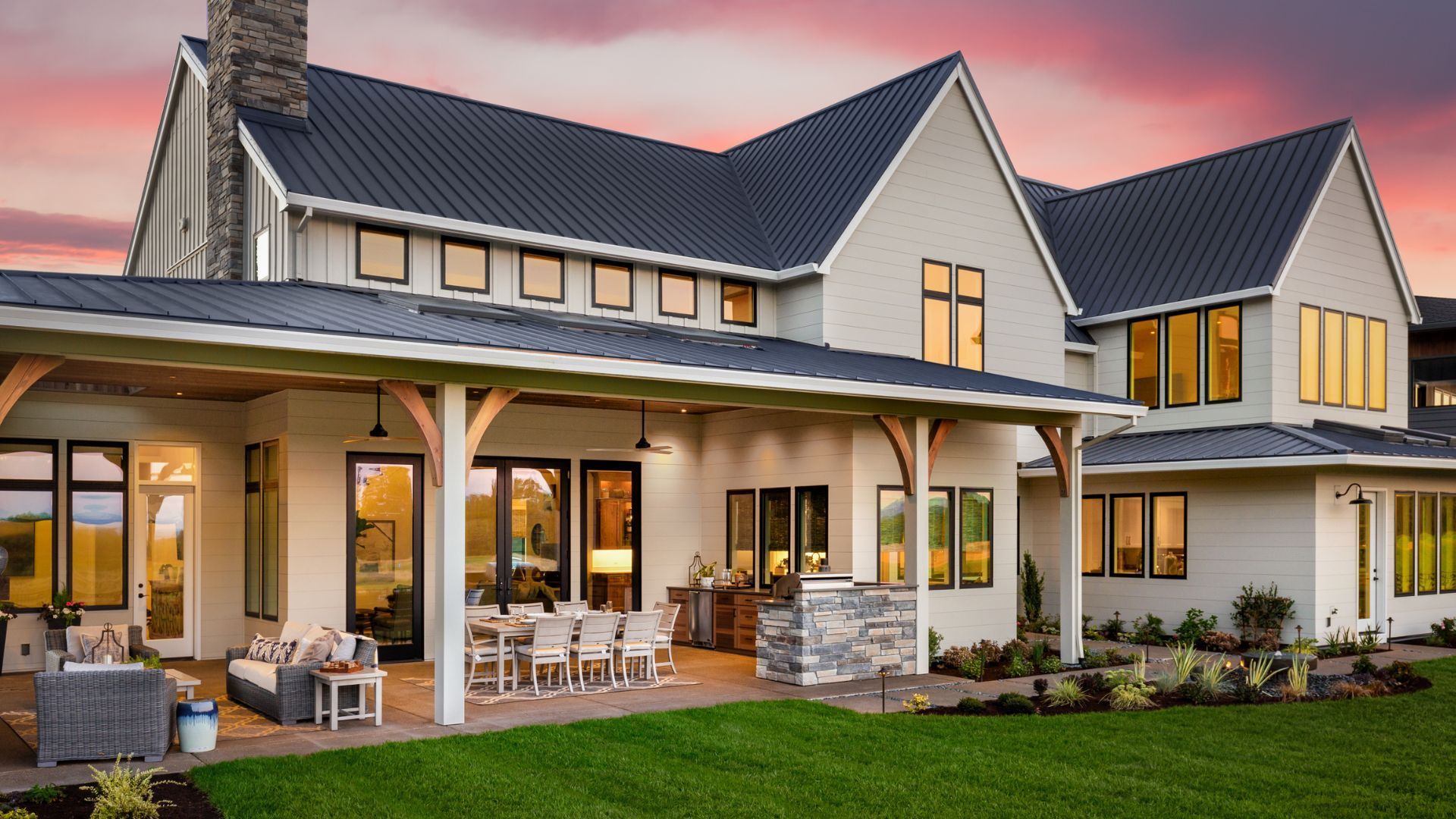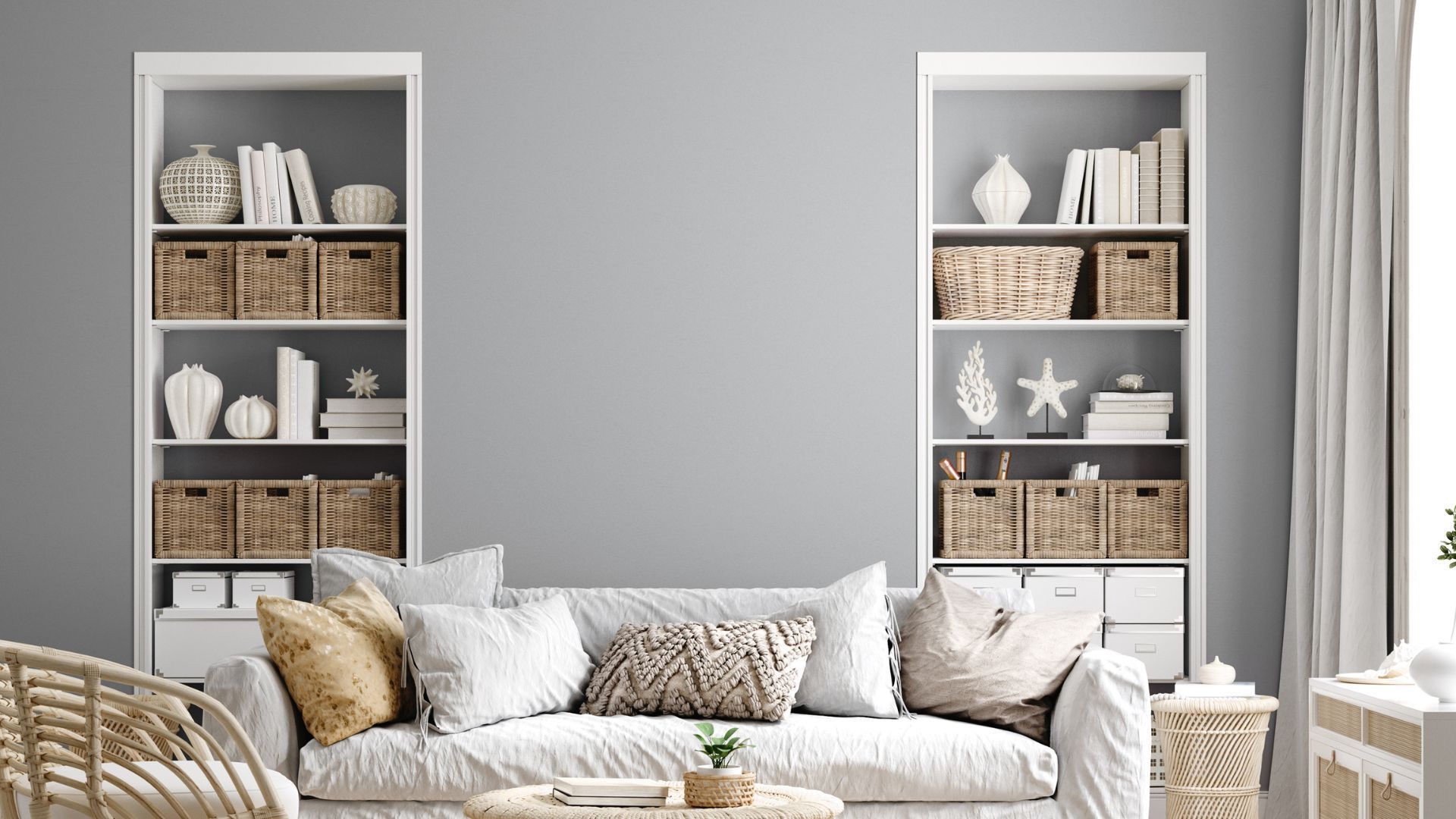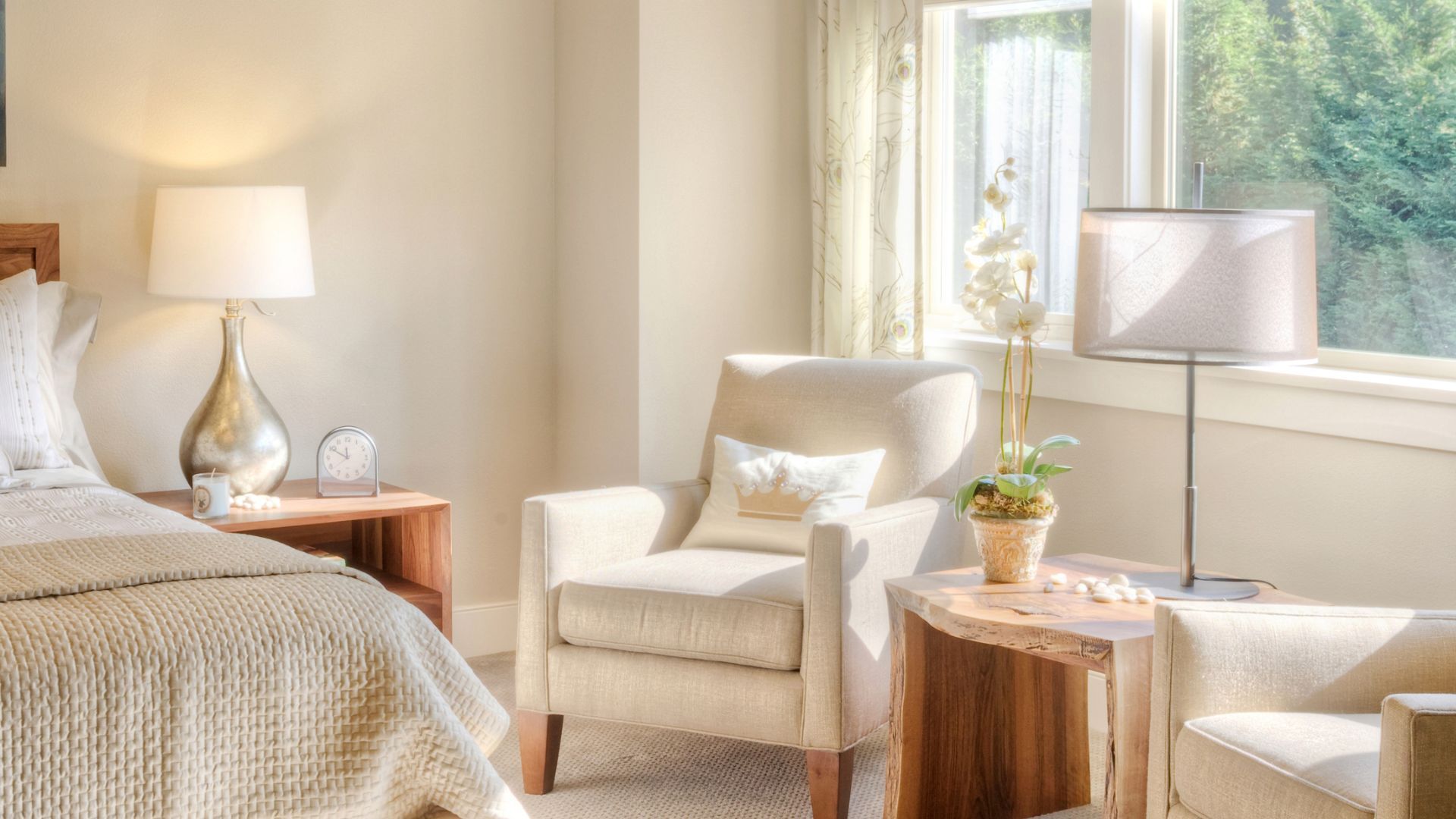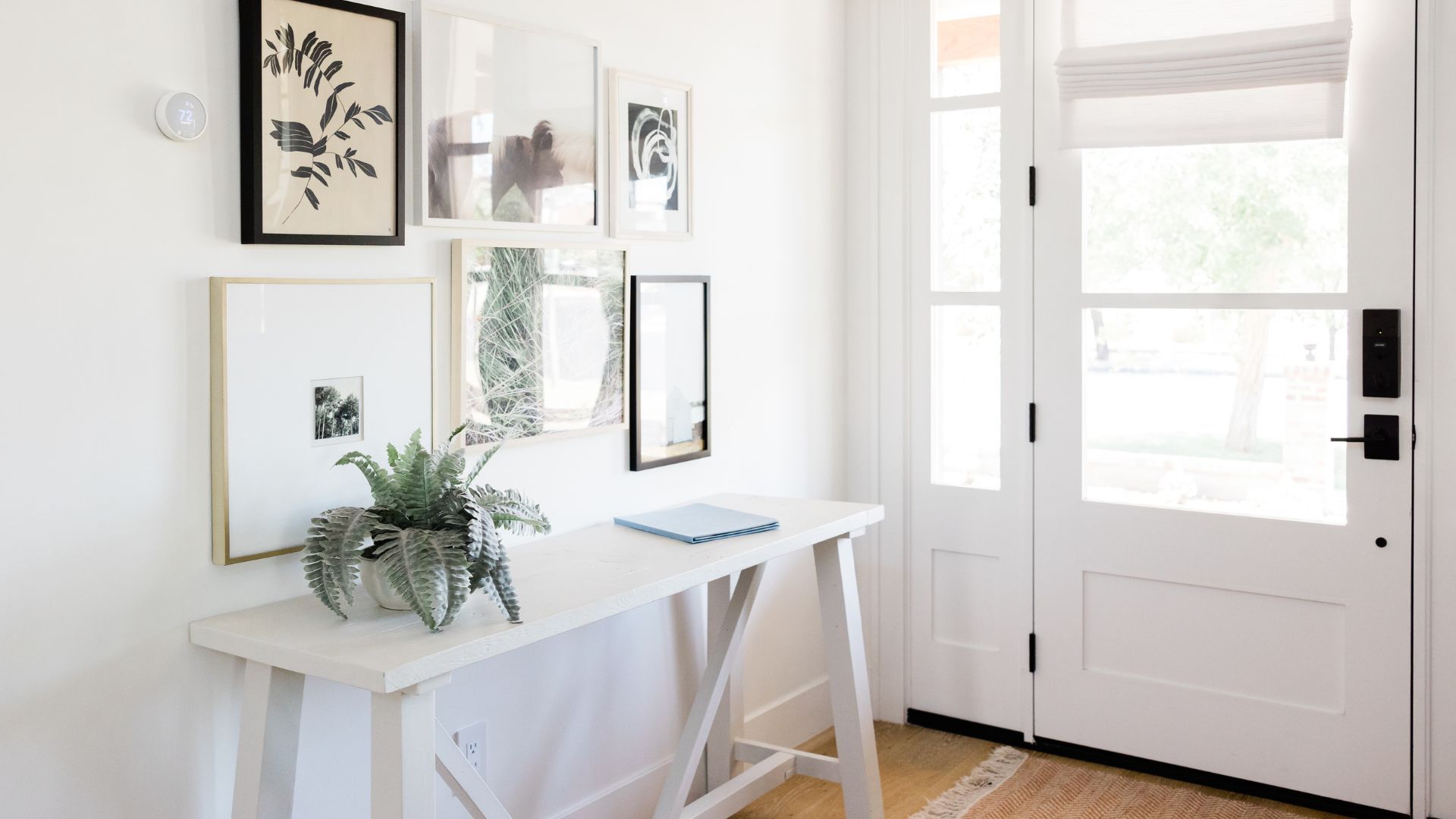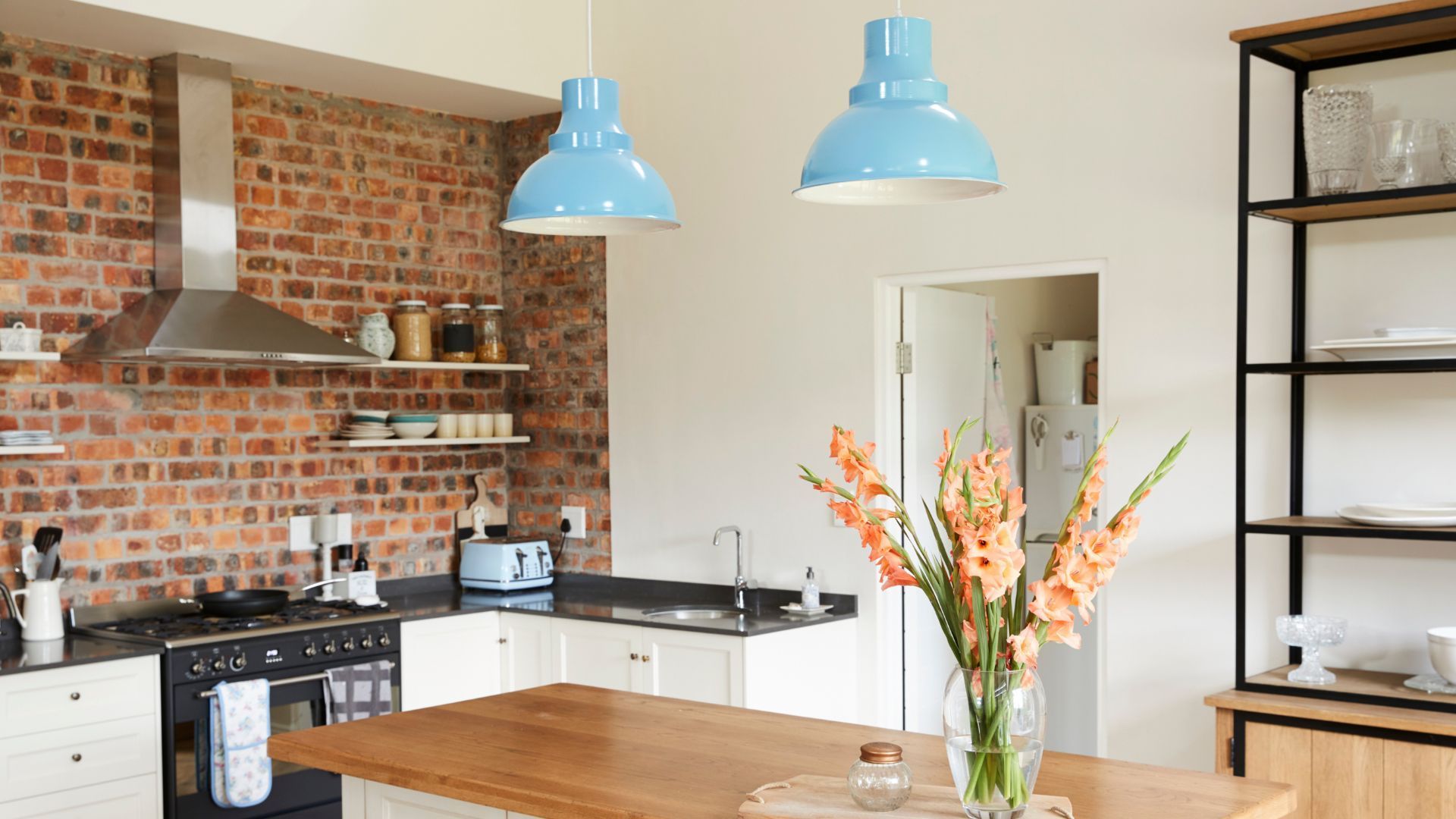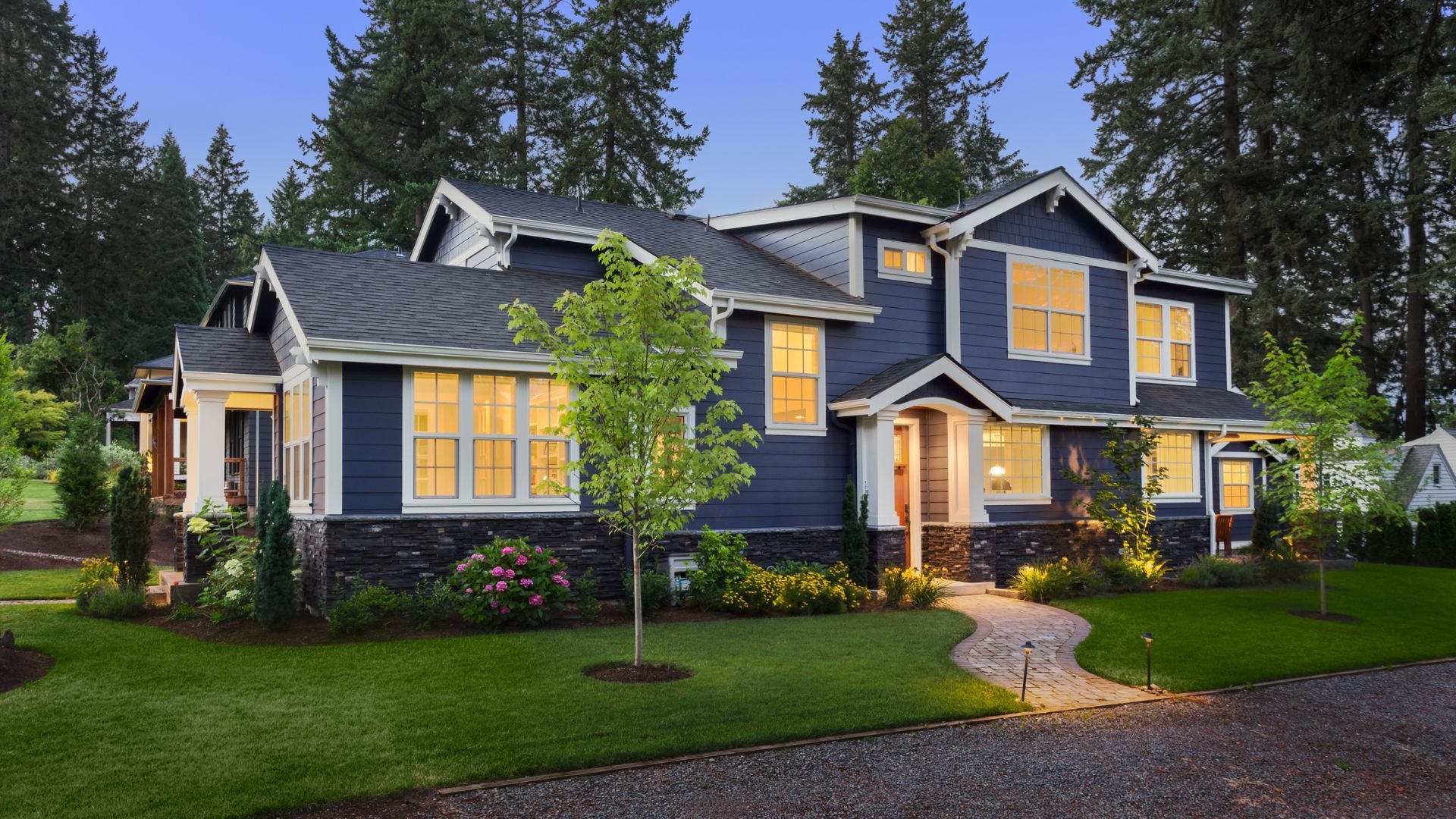Unveiling Rhode Island's Rich Art History
Rhode Island's Rich Art History: Inspiring Home Interiors and Exteriors
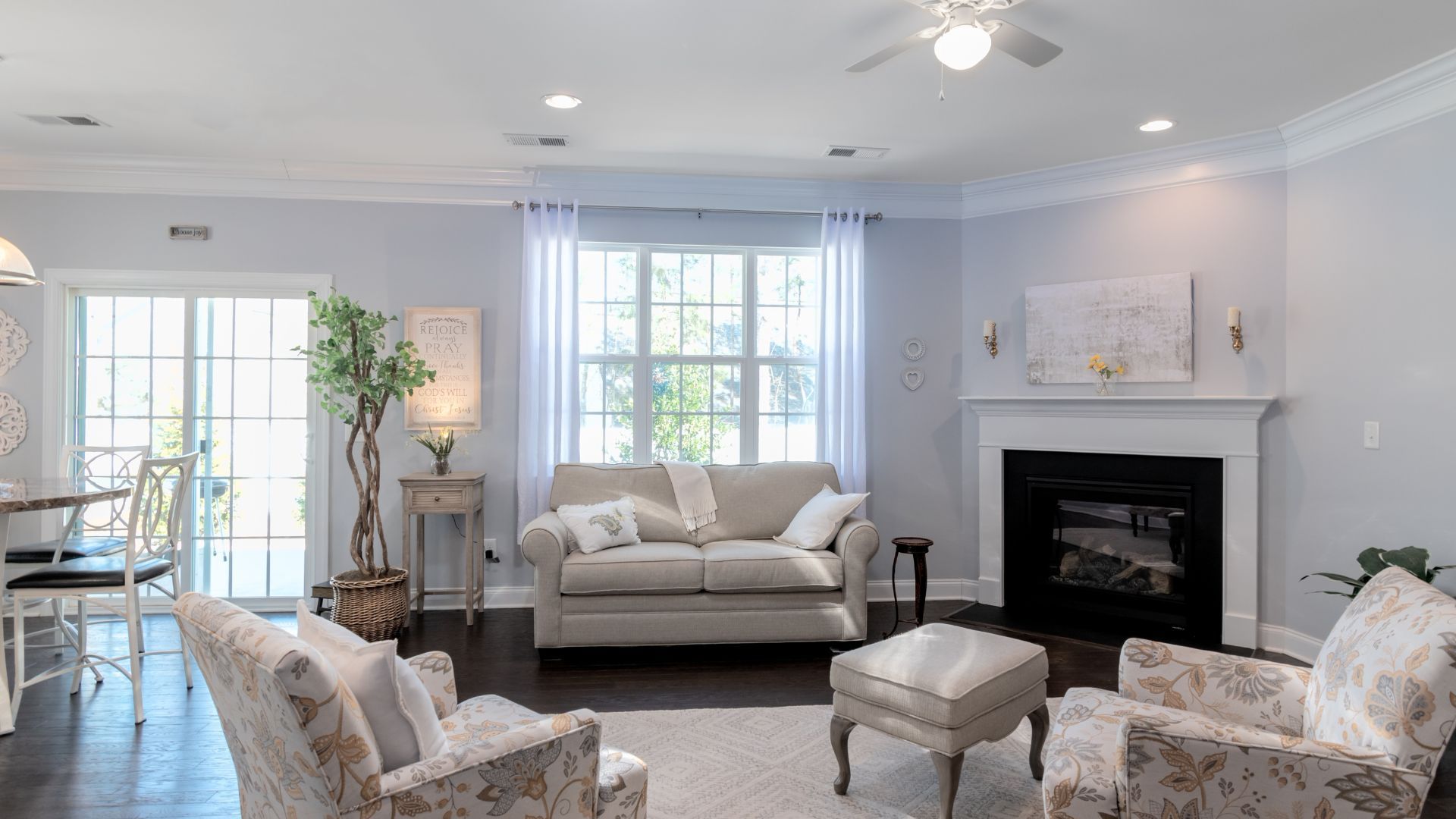
Rhode Island's art history encompasses a dense tapestry of colonial portraiture, 19th-century landscape and Tonalist traditions, modernist shifts, and a vibrant contemporary public art scene. This rich heritage not only shapes civic identity but also profoundly influences the aesthetics of home interior and exterior paintings across the state. From the elegant lines of colonial decorative arts inspiring classic interior palettes to the atmospheric coastal landscapes informing contemporary wall art, Rhode Island's artistic legacy offers a unique blueprint for domestic design.
This article maps a clear timeline and introduces key Rhode Island artists, museums, and movements, showing how their contributions translate into the visual language of our homes. By tying artists such as Gilbert Stuart and Edward Mitchell Bannister to institutions like the RISD Museum and Newport Art Museum, we explore how these influences are preserved and amplified, guiding readers to discover inspiration for their own living spaces.
How has Rhode Island's art history influenced home aesthetics from colonial to modern times?
Rhode Island's art history is a sequence of evolving practices where colonial portraiture and decorative crafts established visual norms that continue to inspire traditional home interiors. Later, 19th-century landscape and Tonalism broadened local aesthetics, providing rich palettes and subjects for interior paintings, while 20th-century modernism and contemporary public art expanded civic engagement and craft revival, influencing modern home design and exterior aesthetics. The mechanism by which each period influenced the next was institutional formation, patronage shifts, and cross-pollination with national movements, producing tangible benefits for preservation and public access, and offering a continuous source of inspiration for domestic spaces. Below is a compact timeline linking periods to artists and institutions, highlighting their impact on home aesthetics for quick reference.
Periods and turning points in Rhode Island art history and their influence on home aesthetics include:
- Colonial portraiture and decorative arts: Shaping elite visual identity and inspiring classic interior design, furniture styles, and color schemes.
- 19th-century landscape painting and Tonalism: Reflecting regional landscapes and providing inspiration for interior wall art, atmospheric color palettes, and natural motifs.
- 20th-century modernism, craft revival, and university/museum influence: Driving contemporary interior design, artisanal home decor, and architectural styles.
- Contemporary public art and events: Connecting art to civic life and influencing exterior home aesthetics, garden art, and community-inspired color choices.
This timeline shows how continuity between periods underpins today's museum collections and public installations, guiding the reader to specific places and artists whose work can inspire home design.
| Period | Key Entities (Artists/Institutions) | Influence on Home Aesthetics |
|---|---|---|
| Colonial era | John Smibert, Robert Feke, and early congregations | Classic portraiture for formal rooms, decorative furniture, and traditional color palettes. |
| 19th century | William Trost Richards, Edward Mitchell Bannister | Landscape paintings for interiors, Tonalist-inspired muted color schemes, and coastal themes. |
| 20th century to contemporary | RISD Museum, Newport Art Museum, and contemporary public artists | Modern design elements, artisanal crafts, and public art inspire exterior home colors and garden sculptures. |
How did colonial art shape early Rhode Island’s artistic identity and home interiors?

Colonial art in Rhode Island defined early visual identity through portraiture conventions and high-quality decorative crafts, where portrait commissions recorded civic and mercantile citizens while furniture and silver reflected local craftsmanship. This period's enduring legacy is seen in the foundational styles of early American home interiors. Materials and patronage networks—churches, synagogues, and private homes—created durable examples that later institutions would preserve, and which continue to inspire classic interior design. Examples such as early portraits set compositional standards and affirmed social hierarchies, and these works later informed collecting choices by historical societies and museums, offering timeless inspiration for traditional home decor.
Recognizing colonial roots clarifies why later movements both referenced and reacted to these established visual languages, providing a rich historical context for contemporary interpretations of classic styles in homes.
Who were the key 19th-century artists and what styles did they practice, influencing home art?
Nineteenth-century Rhode Island artists broadened pictorial scope by embracing landscape painting and Tonalism alongside portraiture, producing works that emphasized atmosphere, coastal light, and subtle tonal relationships. These styles provided abundant inspiration for interior paintings and color palettes in homes. Artists in this era worked within national currents while responding to local geography and maritime culture, which shaped subjects and palettes that resonate with homeowners seeking to bring the beauty of Rhode Island indoors. Institutional collectors began gathering these works, ensuring that landscapes and Tonalist canvases remained central to regional narratives and continue to inspire contemporary artists creating pieces for domestic settings.
Understanding this century prepares readers to see how the state’s coastal topography became a recurring motif in later Impressionist and realist treatments, offering a continuous source of inspiration for home art.
What are the major developments in 20th-century and contemporary Rhode Island art, impacting home design?
The 20th century in Rhode Island saw modernist experimentation and, later, a craft and design revival influenced by local schools and museums, while contemporary practice expanded into public sculpture, murals, and community-centered projects. These developments significantly impacted home design, from sleek modernist interiors to the integration of artisanal crafts. The Rhode Island School of Design (RISD) and university departments acted as engines of change by training makers and curators, creating a feedback loop between education and exhibition that directly influenced the availability and appreciation of well-designed home furnishings and art. Contemporary developments prioritize interdisciplinary practice, public engagement, and preservation of decorative traditions, which together create new platforms for artists and audiences to interact across civic spaces, often inspiring exterior home aesthetics and garden art that reflect community values.
Who are the most famous artists from Rhode Island, and how do their contributions inspire home aesthetics?
Rhode Island’s most influential artists include portraitists, Tonalist landscapists, and contemporary public practitioners whose work shaped national and regional art history through technical innovation and civic engagement. Their styles and subjects offer profound inspiration for home interior and exterior paintings. The mechanism of impact runs from signature works to institutional collections that amplify artists' legacies, producing measurable cultural value and visitor interest, and providing a rich resource for those seeking to infuse their homes with regional artistic flair. Below is a concise list of key artists with one-line contributions, followed by a compact artist facts table to support quick fact extraction and highlight their relevance to home aesthetics.
- Gilbert Stuart: Renowned portraitist whose likenesses defined early American portraiture, inspiring classic interior art and historical home decor.
- Edward Mitchell Bannister: Tonalist landscape painter who innovated mood and tonal subtlety in regional scenes, offering rich palettes and subjects for interior landscape paintings.
- Contemporary practitioners (e.g., Peter Deepenbrock, Jeanette Vertentes): Active in public art and community projects that enliven urban spaces, inspiring modern exterior home aesthetics and garden art.
These figures illustrate continuity from colonial portraiture to contemporary public practice and point readers to collections and exhibitions that can provide direct inspiration for their own homes.
| Artist | Active Period/Style | Inspiration for Home Aesthetics |
|---|---|---|
| Gilbert Stuart | Colonial/early republic | Classic portraiture, formal interior design, and historical themes. |
| Edward Mitchell Bannister | 19th-century Tonalism | Atmospheric landscape paintings, muted color palettes, and serene interior moods. |
| Peter Deepenbrock / Jeanette Vertentes | Contemporary/public art | Modern exterior sculptures, vibrant murals, and community-inspired garden art. |
What is Gilbert Stuart’s legacy, and how do his works inspire home interiors?
Gilbert Stuart’s legacy centers on a commanding approach to portraiture that captured national figures with compositional clarity and psychological presence, establishing a template for American civic portraiture. He worked primarily in oil portraiture and produced likenesses that circulated widely, influencing aesthetic standards for public and private commemoration. For home interiors, Stuart's work inspires a sense of classic elegance and historical gravitas, often seen in the choice of traditional portraiture for formal living spaces or the adoption of rich, deep color palettes reminiscent of his era.
The result is a lasting influence on how founding-era imagery is rendered and collected, and institutions that hold early American portraits often cite Stuart when framing colonial and early republic galleries, providing a direct link for homeowners seeking authentic historical aesthetics. Recognizing Stuart’s role helps readers trace portrait conventions through Rhode Island’s museum holdings and apply them to their own home decor.
How did Edward Mitchell Bannister influence Tonalism in Rhode Island and interior painting?
Edward Mitchell Bannister advanced Tonalism in Rhode Island by emphasizing muted palettes, subtle gradations of light, and atmospheric cohesion that conveyed mood over detail, aligning local landscape painting with broader Tonalist tendencies. His technique promoted introspective landscape narratives and influenced contemporaries and successors who sought mood and harmony in coastal and rural scenes. For home interiors, Bannister's Tonalist approach offers a serene and sophisticated aesthetic, inspiring landscape paintings that evoke tranquility and deep, harmonious color schemes. His cultural significance extends beyond style—his recognition in collections and exhibitions underscores efforts to reassess regional contributions to national art history, providing a rich source of inspiration for those seeking to bring the contemplative beauty of Rhode Island's landscapes into their homes.
Understanding Bannister clarifies the emotional and technical language used in many 19th-century Rhode Island landscapes, perfect for creating a calming atmosphere in any room.
Which contemporary Rhode Island artists are shaping public art today, influencing exterior home aesthetics?
Contemporary Rhode Island artists shape public art through permanent sculptures, murals, and community projects that activate streetscapes and waterfronts, often collaborating with municipalities and cultural centers to align artistic aims with civic goals. Practitioners such as Peter Deepenbrock and Jeanette Vertentes create works that respond to local narratives, using scale, material, and site specificity to engage diverse audiences. While these are public commissions, their presence profoundly influences the visual environment of neighborhoods, inspiring homeowners in their choices for exterior home colors, garden sculptures, and even the overall aesthetic of their property.
These public commissions facilitate dialogue between art and community, generating measurable cultural benefits like increased foot traffic, educational programming, and collaborative stewardship of public spaces, all of which contribute to a vibrant local aesthetic that can inspire individual home exteriors.
What are the historical and cultural highlights of Rhode Island art museums, inspiring home decor?
Rhode Island’s museums act as custodians and interpreters of the state’s visual heritage, developing collections that span colonial portraiture, 19th-century landscapes, design and craft, and contemporary works. These collections are invaluable resources for inspiring home decor and interior design. Museums function by acquiring, exhibiting, and educating—mechanisms that preserve works and transmit cultural knowledge to the public, offering countless ideas for homeowners. The following comparison table summarizes several key institutions and their signature emphases to help readers prioritize visits and research for home aesthetic inspiration.
- RISD Museum: Strong holdings in design, decorative arts, and global collections that support academic programs and offer direct inspiration for contemporary and classic home interiors.
- Newport Art Museum: Concentrates on regional painting and exhibitions tied to the coastal tradition, providing themes and palettes for seaside-inspired home decor.
- Bristol Art Museum and historical societies: Preserve local collections and house museums that contextualize decorative arts and early portraits, offering authentic historical insights for period-specific home styling.
These institutional roles demonstrate how museums both preserve artifacts and actively shape public understanding of Rhode Island art history, serving as vital sources of inspiration for home interior and exterior aesthetics.
| Institution | Founded/Developed | Inspiration for Home Aesthetics |
|---|---|---|
| RISD Museum | 1877 | Modern design, decorative arts, global influences for contemporary interiors. |
| Newport Art Museum | 1912 | Coastal painting, regional themes, and palettes for seaside homes. |
| Bristol Art Museum / Historical Societies | 1814 | Local decorative arts, historical house styles, and archival collections for traditional homes. |
How did the RISD Museum develop, and what are its key collections for home design inspiration?
The RISD Museum developed as an academic museum tied to an art and design school, accumulating collections across decorative arts, design, global art, and contemporary practice that support teaching and public programming. Its mechanism is educational integration—collections inform curricula, exhibitions, and community outreach, producing benefits such as interdisciplinary research and a sustained public exhibition calendar. For home design, the RISD Museum is an unparalleled resource, offering inspiration from its vast holdings in furniture, textiles, ceramics, and contemporary design. The museum’s scope encourages visitors to consider craft and design alongside traditional fine art, shaping a comprehensive view of Rhode Island’s material culture that directly informs and inspires modern and classic home interiors. This institutional role links museum holdings directly to the evolution of regional artistic priorities and their application in domestic spaces.
What exhibitions and programs define the Newport Art Museum, inspiring coastal home decor?
The Newport Art Museum defines itself through exhibitions and programs that foreground regional painting, coastal themes, and artist residencies or public education initiatives that connect local histories to contemporary practice. For homeowners, these offerings are a treasure trove of inspiration for coastal home decor. Programs often emphasize interpretation and access, enabling audiences to see how coastal scenery and leisure culture informed subject matter across centuries, providing ideal themes and color palettes for seaside-inspired interiors. By hosting thematic exhibitions and community events, the museum maintains Newport’s longstanding artistic identity and supports local artists and scholars in preserving regional narratives, all of which can be translated into unique and authentic home aesthetics.
Which other Rhode Island art institutions contribute to preserving art history and inspiring home aesthetics?
Other institutions—including Bristol Art Museum, Rhode Island Historical Society, house museums, and cultural centers such as St. Ann Arts and Cultural Center—preserve art history by safeguarding collections, documents, and historic interiors that contextualize artworks within civic life. These organizations operate through collection stewardship, archival work, and public programming that highlight decorative arts and local artists. For homeowners, these institutions offer invaluable insights into historical decorative arts, period-specific furniture, and architectural details that can inspire authentic restorations or historically-informed interior designs. Collectively, they create a networked preservation system that complements larger museums and provides specialized access to local material culture, offering a deeper well of inspiration for unique home aesthetics.
What are the prominent art movements and styles associated with Rhode Island, influencing home aesthetics?
Rhode Island is associated with movements such as American Impressionism, Tonalism, Abstract Expressionism influences, and a later craft revival, each reflecting regional landscapes, industrial histories, and educational institutions. These movements have significantly influenced home aesthetics, from the subjects of interior paintings to the materials used in home decor. The mechanism connecting these styles is the dialogue between local subject matter—coastlines, industry, immigrant communities—and national aesthetic trends, which produces distinct local variants that homeowners can draw upon. Below are lists and examples that clarify how each movement manifested in subject, technique, and institutional support, and how they can inspire your home.
- American Impressionism: Coastal light and leisure scenes rendered with vibrant brushwork, perfect for bright, airy interior paintings.
- Tonalism: Mood-driven landscapes using muted palettes and unified tonal harmony, ideal for creating serene and contemplative interior spaces.
- Abstract Expressionism & Craft Revival: Experimental abstraction and renewed attention to material and technique, inspiring modern interior design, artisanal home decor, and unique textures.
These movements demonstrate how Rhode Island artists adapted broader currents to local environments and resources, resulting in a layered regional art history that offers diverse inspiration for home interior and exterior paintings.
| Movement/Style | Timeframe/Focus | Influence on Home Aesthetics |
|---|---|---|
| American Impressionism | Late 19th to early 20th century | Bright, light-filled interior paintings, coastal themes, and vibrant color palettes. |
| Tonalism | Late 19th century | Subtle, atmospheric landscape paintings, muted color schemes, and serene interior moods. |
| Craft Revival & Abstract tendencies | Mid-20th century onward | Artisanal home decor, modern furniture, and abstract art for contemporary interiors. |
How did American Impressionism influence Rhode Island artists and home interiors?
American Impressionism influenced Rhode Island artists by encouraging plein-air practice and attention to coastal light, resulting in works that emphasize color relationships and transient atmospheric effects. Artists adapted Impressionist brushwork and color to local subject matter—harbors, beaches, and leisure scenes—creating regionally specific variants. For home interiors, this translates into a preference for light-filled spaces, vibrant color palettes, and paintings that capture the essence of Rhode Island's beautiful coastline. Institutions and collectors supported the exhibition of these works, reinforcing the style’s prominence in regional narratives and providing a rich source of inspiration for homeowners seeking to bring the bright, airy feel of Impressionism into their living spaces. This influence helped integrate Rhode Island into national Impressionist dialogues while retaining distinctive subject matter, perfect for inspiring interior paintings.
What role did Abstract Expressionism and Craft Revival play in Rhode Island, impacting home design?
Abstract Expressionism and craft revival contributed to Rhode Island’s mid-century and later artistic identity by foregrounding materiality, process, and studio practice, with design schools promoting craft techniques alongside fine art. These influences led to renewed interest in furniture, ceramics, and textile traditions that bridged utilitarian design and gallery practices, directly impacting home design. For homeowners, this means a wealth of artisanal options for decor, from hand-thrown pottery to custom textiles and abstract wall art that adds a modern, sophisticated touch. Educational institutions played a central role in sustaining these movements, training makers whose work reinforced the economic and cultural value of craft in the region, making unique, handcrafted pieces accessible for contemporary home interiors.
How have local art movements reflected Rhode Island’s cultural heritage and influenced home aesthetics?
Local movements reflect Rhode Island’s maritime, industrial, and immigrant histories by adopting subject matter and materials tied to these communities, producing art that records labor, landscape, and cultural exchange. Artists often responded to local economies and demographic change, embedding social history within aesthetic choices and public commissions. For home aesthetics, this means a rich tapestry of themes and styles that can be incorporated into interior paintings and decor, from nautical motifs to industrial-chic elements, or folk art reflecting immigrant traditions. These reflections make art a repository of collective memory, which museums and public art initiatives continue to interpret and present to audiences, offering homeowners a chance to connect their living spaces to the deep cultural heritage of Rhode Island.
How do public art and cultural heritage shape Rhode Island’s artistic landscape and influence home exteriors?
Public art and cultural heritage shape Rhode Island’s landscape by activating public spaces, memorializing community histories, and creating recurring civic events that draw residents and visitors into shared cultural experiences. This vibrant public aesthetic often influences home exteriors, inspiring color choices, garden art, and architectural details that reflect the local environment. The mechanism is usually commissioning, community partnership, and festival programming, which produce benefits like increased civic pride, tourism, and cultural dialogue, all contributing to a visually rich environment that can inspire individual homeowners. Below are examples of signature public projects, locations for frescoes and murals, and how community initiatives use art for activism and identity, offering ideas for enhancing your home's exterior.
- WaterFire Providence: A signature public arts event and civic ritual that contributes to a vibrant urban aesthetic, inspiring local exterior design.
- Historic frescoes and murals: Found in cultural centers like St. Ann Arts and Cultural Center and civic walls, these can inspire exterior wall art or color schemes.
- Public sculptures and community murals: Distributed across cities and towns, these influence local aesthetics and can inspire garden sculptures or exterior decorative elements.
| Public Art Type | Notable Sites | Influence on Home Exteriors |
|---|---|---|
| Event installation | WaterFire Providence | Inspires vibrant exterior lighting, community-themed garden art, and festive outdoor decor. |
| Frescoes & murals | St. Ann Arts and Cultural Center, civic walls | Suggests bold exterior color palettes, decorative wall treatments, or custom mural designs. |
| Public sculpture | Urban plazas and waterfronts | Inspires garden sculptures, unique architectural details, and outdoor art installations. |
What is the significance of WaterFire Providence as a public art event, influencing local aesthetics?
WaterFire Providence is significant as a large-scale public art event that transforms riverfront spaces through ritual, light, and performance, creating a sensory experience that fosters community gathering and cultural tourism. The event operates through coordinated installations of flame, music, and procession, producing both social and economic impacts for the city and surrounding cultural institutions. While not directly "home painting," WaterFire's powerful visual impact contributes to a vibrant local aesthetic that can inspire homeowners in their exterior lighting choices, garden design, or even the color palettes they choose for their homes, reflecting the city's dynamic spirit. As a recurring cultural practice, it models how public art can become integral to civic identity and ongoing programming that connects art to urban life, subtly influencing the visual character of local residences.
Where can historic frescoes and public sculptures be found in Rhode Island, inspiring exterior home art?
Historic frescoes and public sculptures appear in cultural centers, churches, and civic plazas across Rhode Island, with locations such as St. Ann Arts and Cultural Center hosting significant mural and fresco work alongside sculptures placed in waterfronts and city squares. These public artworks offer a wealth of inspiration for exterior home art. Visitors can map these sites to create walking tours that combine museum visits and public art viewing, facilitating layered encounters with both preserved interiors and outdoor installations. For homeowners, these dispersed works can inspire choices for exterior murals, decorative architectural elements, or garden sculptures that echo the rich artistic heritage visible throughout Rhode Island's communities, helping to knit together neighborhoods through visible cultural markers that extend to individual homes.
How do public art initiatives reflect community and activism in Rhode Island, influencing home aesthetics?
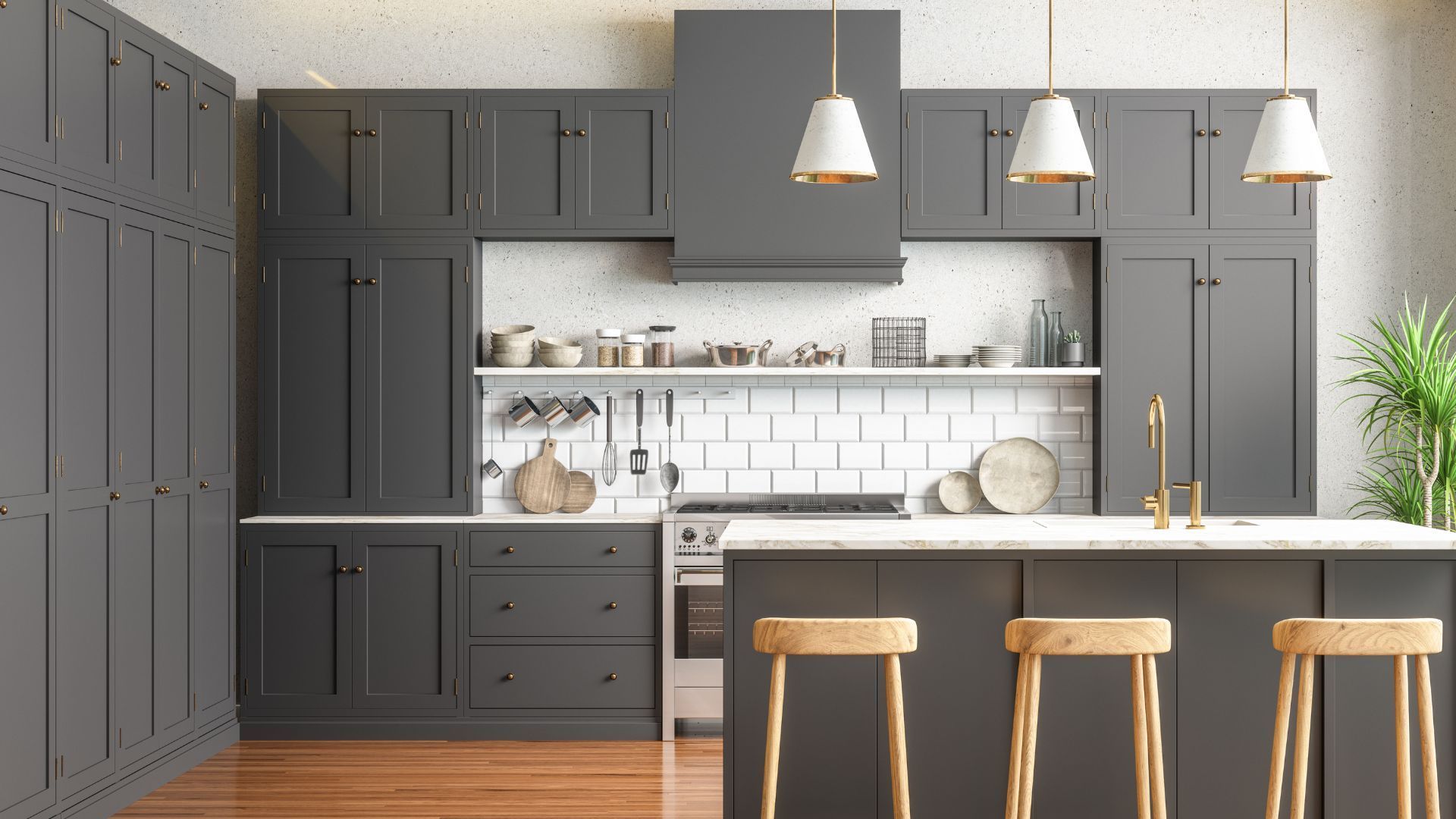
Public art initiatives often reflect community activism by channeling local concerns—identity, labor history, and social justice—into site-specific projects that engage residents in conception and stewardship, demonstrating art's capacity to catalyze public discourse. Case studies of community-driven murals or memorials show partnerships between artists, municipalities, and nonprofits that lead to sustained programming and educational outreach. While these are public projects, their themes and visual styles can profoundly influence the aesthetics of surrounding homes.
Homeowners might be inspired to choose exterior paint colors that harmonize with a nearby mural, incorporate local historical motifs into their garden art, or commission local artists for exterior wall paintings that reflect community pride. Such initiatives underscore art’s role as a platform for civic voice and collective memory, subtly shaping the visual identity of neighborhoods and inspiring individual home aesthetics.
